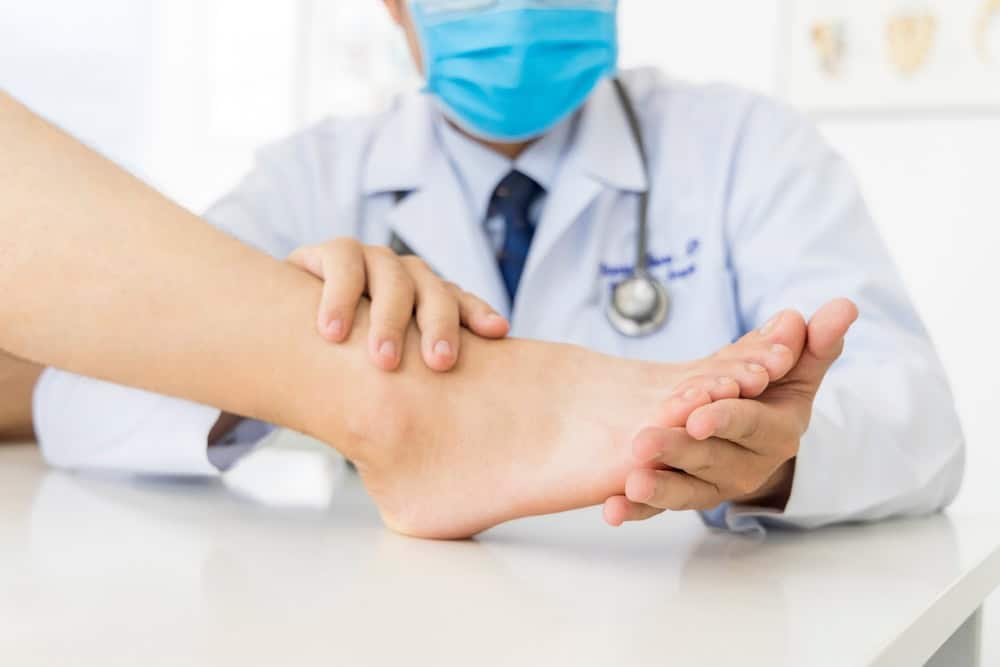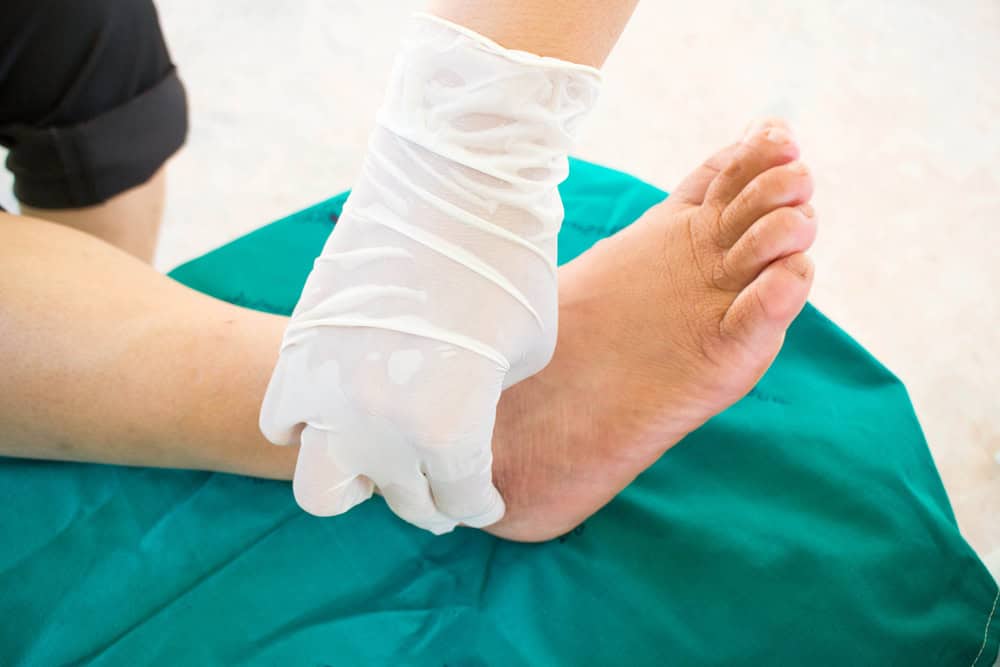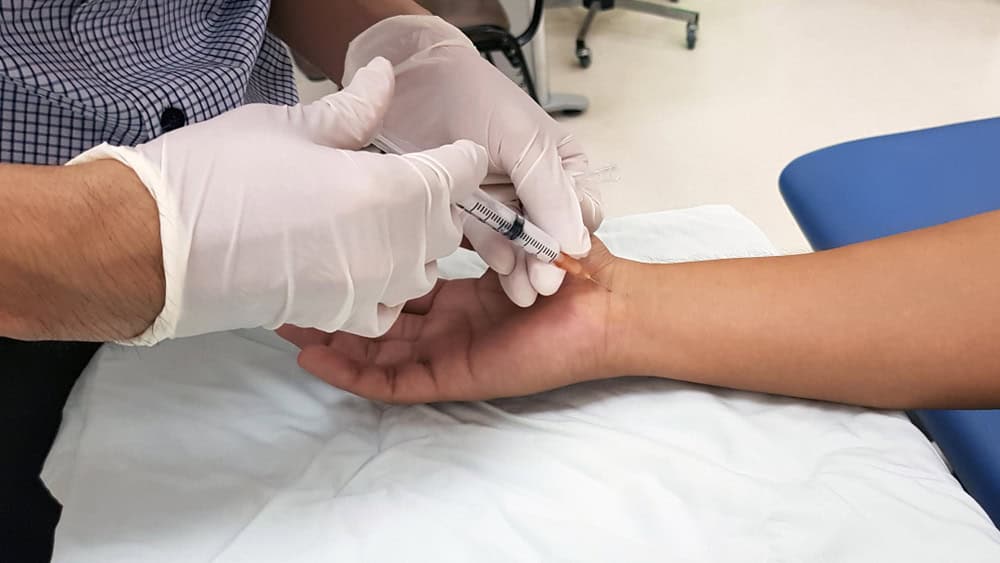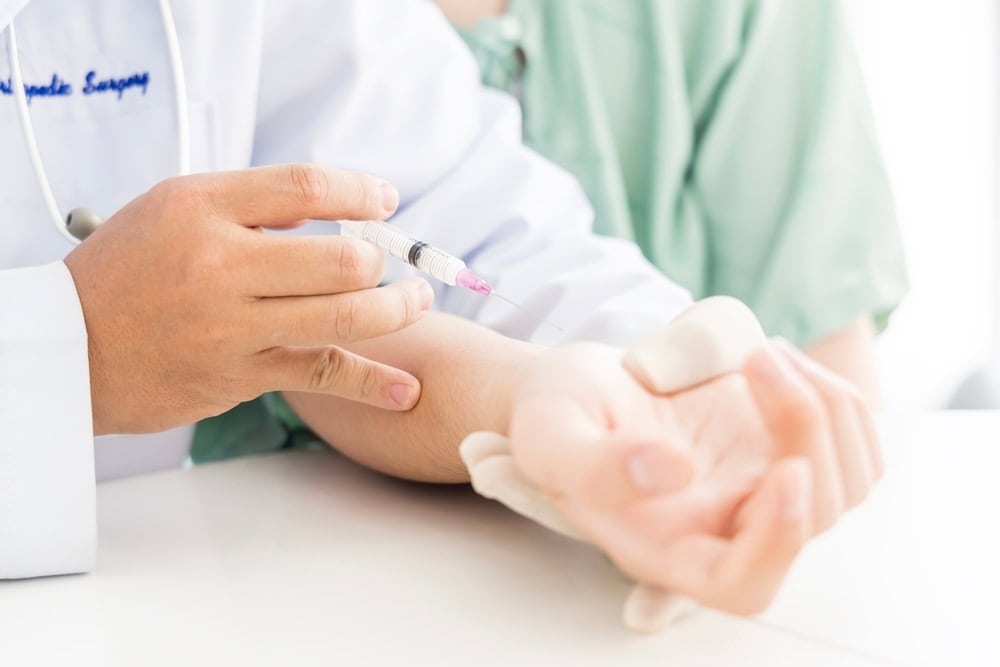
Reviews

At NY Spine Medicine, we specialize in neuropathy treatment to reduce nerve pain and improve daily life. Our neuropathy doctor in Flushing, NY provides targeted care for those dealing with peripheral neuropathy, nerve damage, and chronic nerve pain. We use advanced techniques to diagnose and treat nerve conditions, helping patients restore comfort, regain mobility, and reclaim their lives.
Our nerve damage treatment approach includes thorough testing to pinpoint nerve issues. We use a combination of physical therapy, medication, and modern therapies to manage pain and support nerve health. If you’re looking for a neuropathy specialist in Queens, we’re here to help.


Ready to get started?
Chronic nerve pain shouldn’t control your life. Our neuropathy treatment center in Queens offers solutions designed to ease pain and improve nerve function. By addressing the root causes of peripheral neuropathy, we help patients regain movement and comfort.
If nerve pain is limiting your daily activities, it’s time to take action. Schedule an appointment with our Flushing, NY neuropathy doctor today to explore treatment options. At NY Spine Medicine, we’re looking forward to helping you find lasting relief.

Flushing was originally inhabited by the Lenape Indians prior to colonization and European settlement.
|
|
|
On October 10, 1645, Flushing was established on the eastern bank of Flushing Creek under charter of the Dutch West India Company and was part of the New Netherland colony that was governed from New Amsterdam (Lower Manhattan). The settlement was named Vlissingen, after the city of Vlissingen, which was the European base of the Dutch West India company. By 1657, the residents called the place “Vlishing”. Eventually, the formal traditional English name for the Dutch town, “Flushing”, would be settled upon (despite being a Dutch colony, many of the local early settlers were British, who trickled down from nearby Connecticut colony).
Unlike all other towns in the region, the charter of Flushing allowed residents freedom of religion as practiced in Holland “without the disturbance of any magistrate or ecclesiastical minister”. However, in 1656, New Amsterdam Director-General Peter Stuyvesant issued an edict prohibiting the harboring of Quakers. On December 27, 1657, the inhabitants of Flushing approved a protest known as The Flushing Remonstrance. This petition contained religious arguments even mentioning freedom for “Jews, Turks, and Egyptians,” but ended with a forceful declaration that any infringement of the town charter would not be tolerated. Subsequently, a farmer named John Bowne held Quaker meetings in his home and was arrested for this and deported to Holland. Eventually he persuaded the Dutch West India Company to allow Quakers and others to worship freely. As such, Flushing is claimed to be a birthplace of religious freedom in the New World. Landmarks remaining from the Dutch period in Flushing include the John Bowne House (c. 1661) on Bowne Street and the Old Quaker Meeting House (1694) on Northern Boulevard. The Remonstrance was signed at a house on the site of the former State Armory, now a police facility, on the south side Northern Boulevard between Linden Place and Union Street.
Learn more about Flushing.Local Resources
New York:
Florida:
Support